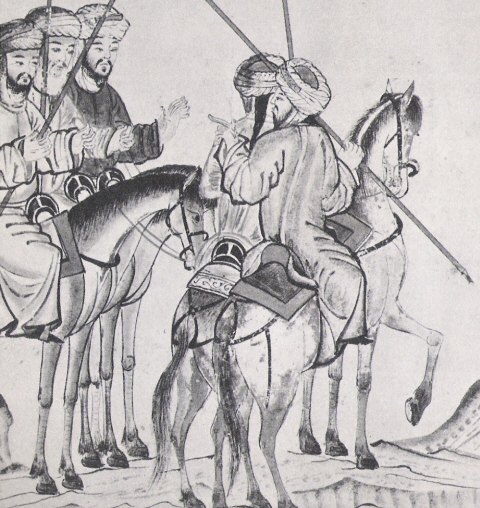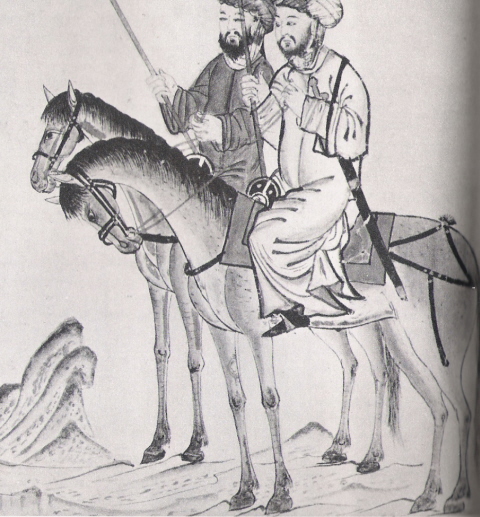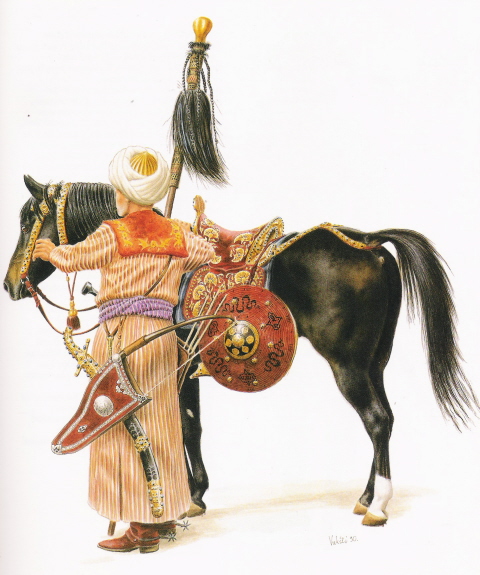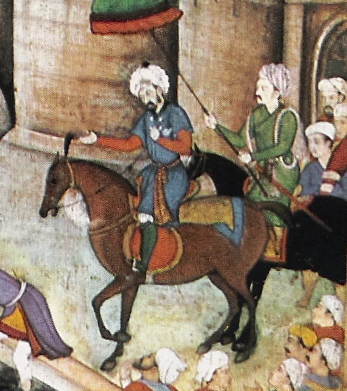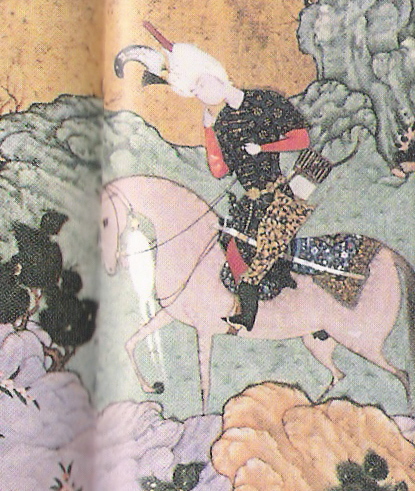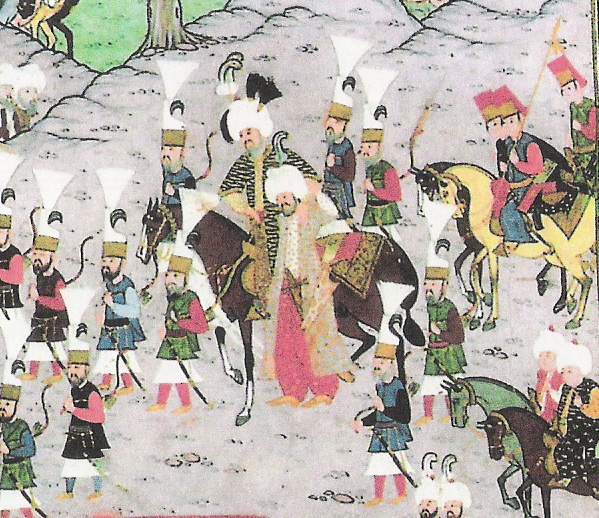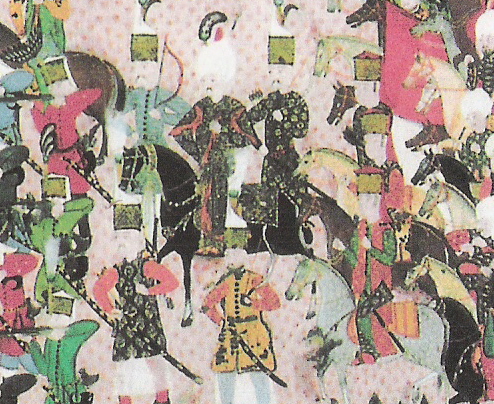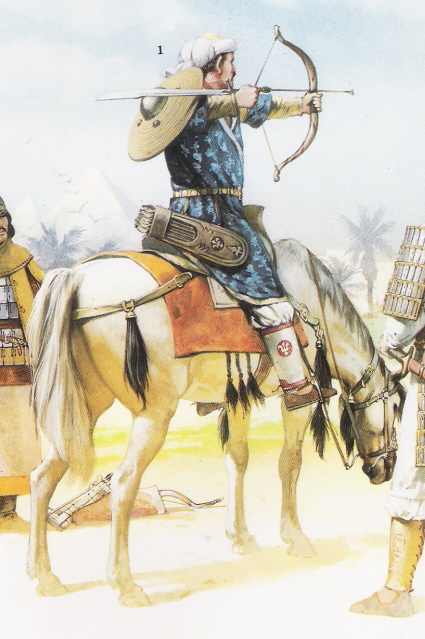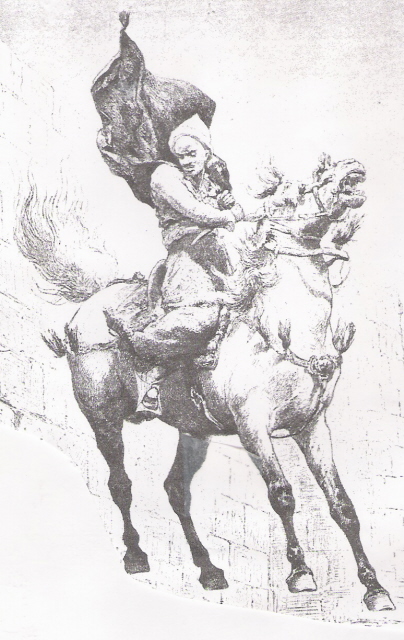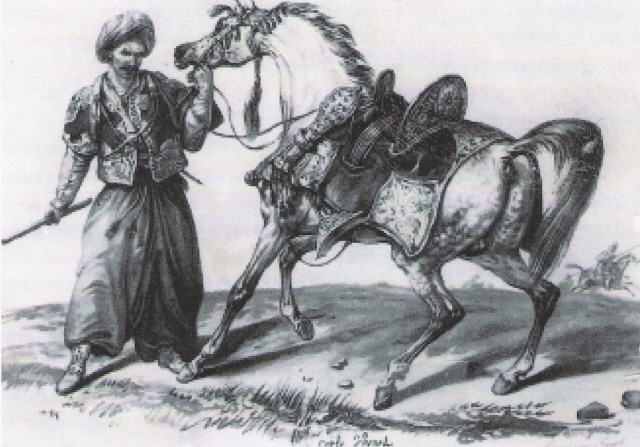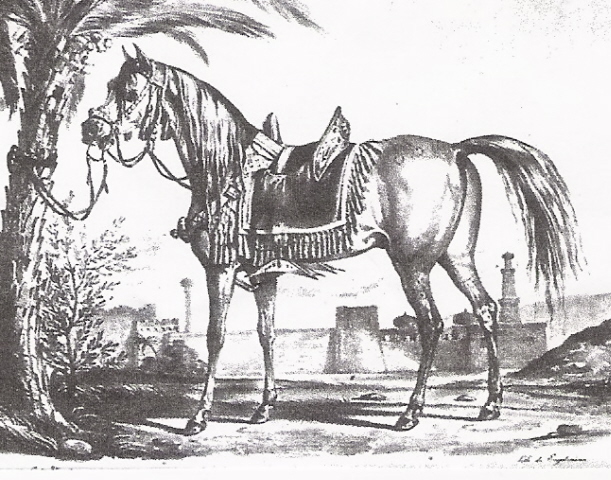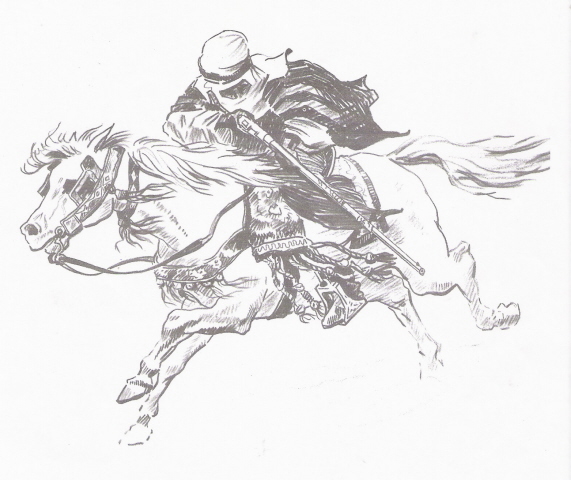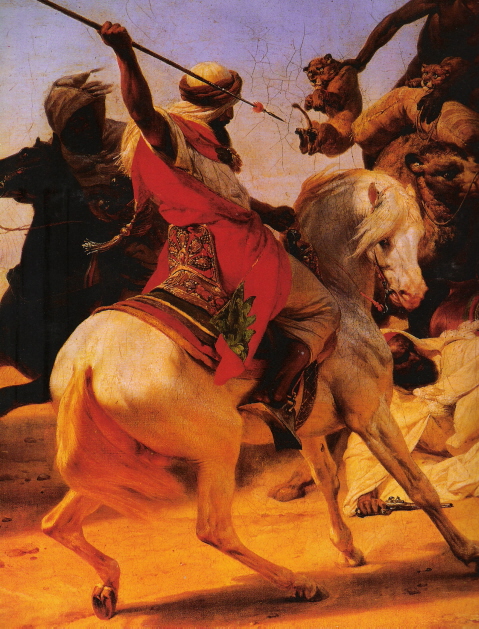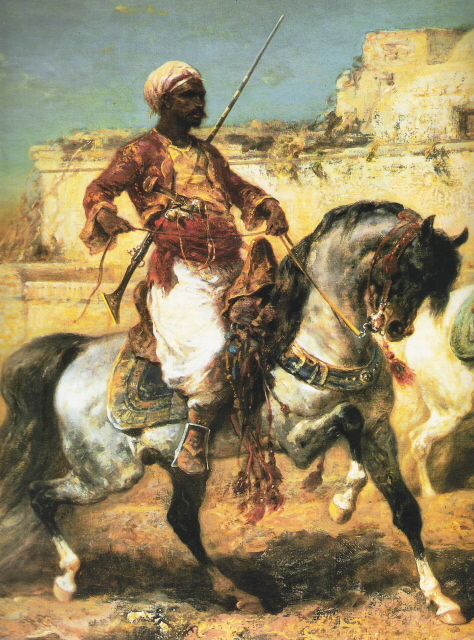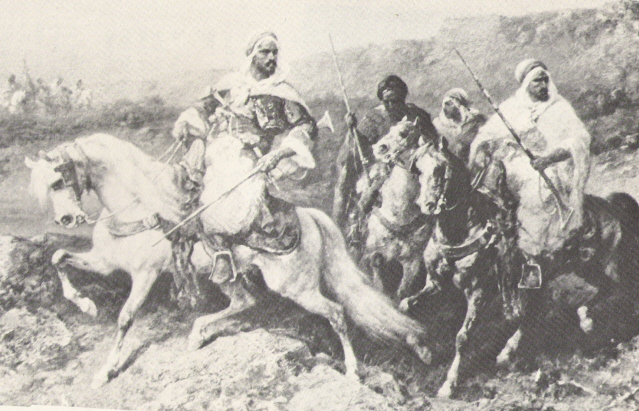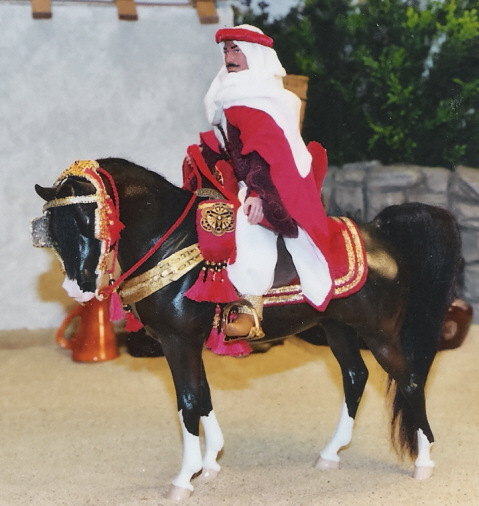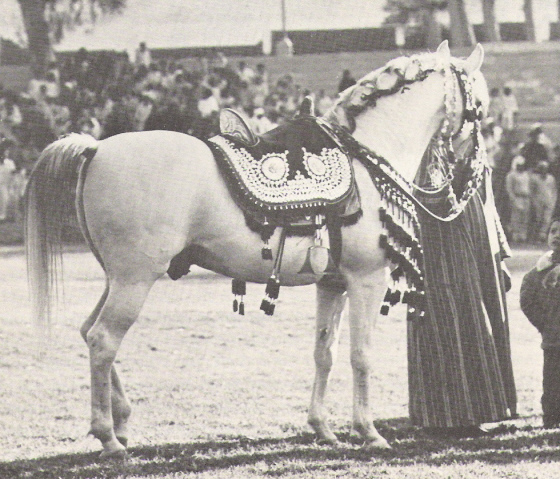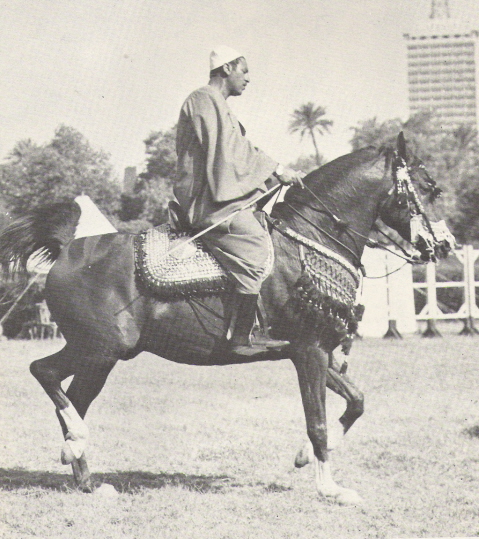IMEHA (International Model Equine Hobbyists Association) was an online photo showing site that existing until 2018. Included on the site were these guidebooks for judging and showing model horses in Performance classes. MEPSA has obtained permission to share the info contained in the guides.
Arabian Costume True Historical – Historical Nomadic Bedouin, Persian/Turkish, Mameluke, 19th Century, Original Dancing Arabian:
The incredible spread of Islam in the first two centuries of its existence brought the new religion as far north as Poland, as far east as south-central Asia and India, and as far west as Spain and resulted in dozens of Muslim controlled kingdoms and empires. This section encompasses the following styles:
Historical Nomadic Bedouin:
Prior to the introduction of Islam and those who converted but did not actively participate in the spread of the new religion westward. CHARACTERISTICS: Plain rug over the horse’s back and a simple tasseled halter with lead.
Turkish-Persian Empires:
Ghaznavid, Seljuq and Ottoman, to name the most prominent. The Turks and Persians were the premier military tack makers of all time and creators of exquisitely adorned horse gear for the aristocracy and ruling sultans. CHARACTERISTICS: Jineta saddle with embroidered and brocaded silk or woven rug saddlecloth, side panels and/or rear drape. Ornamented (gold or silver) and bejeweled bridle, neck collar, breast collar, saddle and crupper. Triangular platform stirrups; any type bit. Use of tassels varied from a few ornamental ones on the bridle to hundreds around the saddlecloth. (See photos Turkish-Persian One, Two, Three, Four, Five, Six, Seven, Eight)
Mameluke (a.k.a. Mamluk):
A military caste that existed for hundreds of years, most prominently in Egypt; a slave or prisoner offered freedom in exchange for military service, or a captured boy raised in a special military school and converted to Islam. CHARACTERISTICS: Plain saddle pad. Jineta saddle with plain or decorated saddle cover or saddlecloth that is rectangular with pointed corners, or roughly rectangular with rounded corners. Breast collar and bridle with metal ornamentation and minimal to moderate tassels. Shoulder pistol cases. Triangular platform stirrups and curb bit. There was great variation between individual soldier’s gear and tack, however, since the object was to be able to fight from horseback, ostentatious decoration was limited. Most Mameluke soldiers carried an arsenal of weapons in various carriers and bags. (See photos Mameluke One, Two, Three, Four, Five)
19th Century:
The Golden Age of Arab Life, at least according to the European artists who traveled to North Africa to paint the tribes. The Mamelukes had been defeated by Napoleon Bonaparte in 1798 and many were drafted into or volunteered to serve in the Napoleonic Armies, but their style of tack and weaponry remained prominent in Egypt, happily adapted by Arab and Berber warriors. CHARACTERISTICS: Similar to the Mameluke style except the bridle now sports blinkers. Sometimes the pistol cases are absent. (See photos 19th Century One, Two, Three, Four, Five, Six)
Dancing Arabian:
This style was at its height in the 1940s and is a direct descendant of the 19th Century style. CHARACTERISTICS: Jineta saddle with ornate embroidered silk saddle cover. Cover may also be decorated with small applied decorative metal pieces. Matching ornate bridle and breast collar. Small tassels; single, double or triple-tiered; tassels all one color and color-coordinated with the saddle cover. Metal amulets and coins common on bridle. Triangular platform stirrups. (See photos Historical Dancing Horse One, Two, Three, Four)

